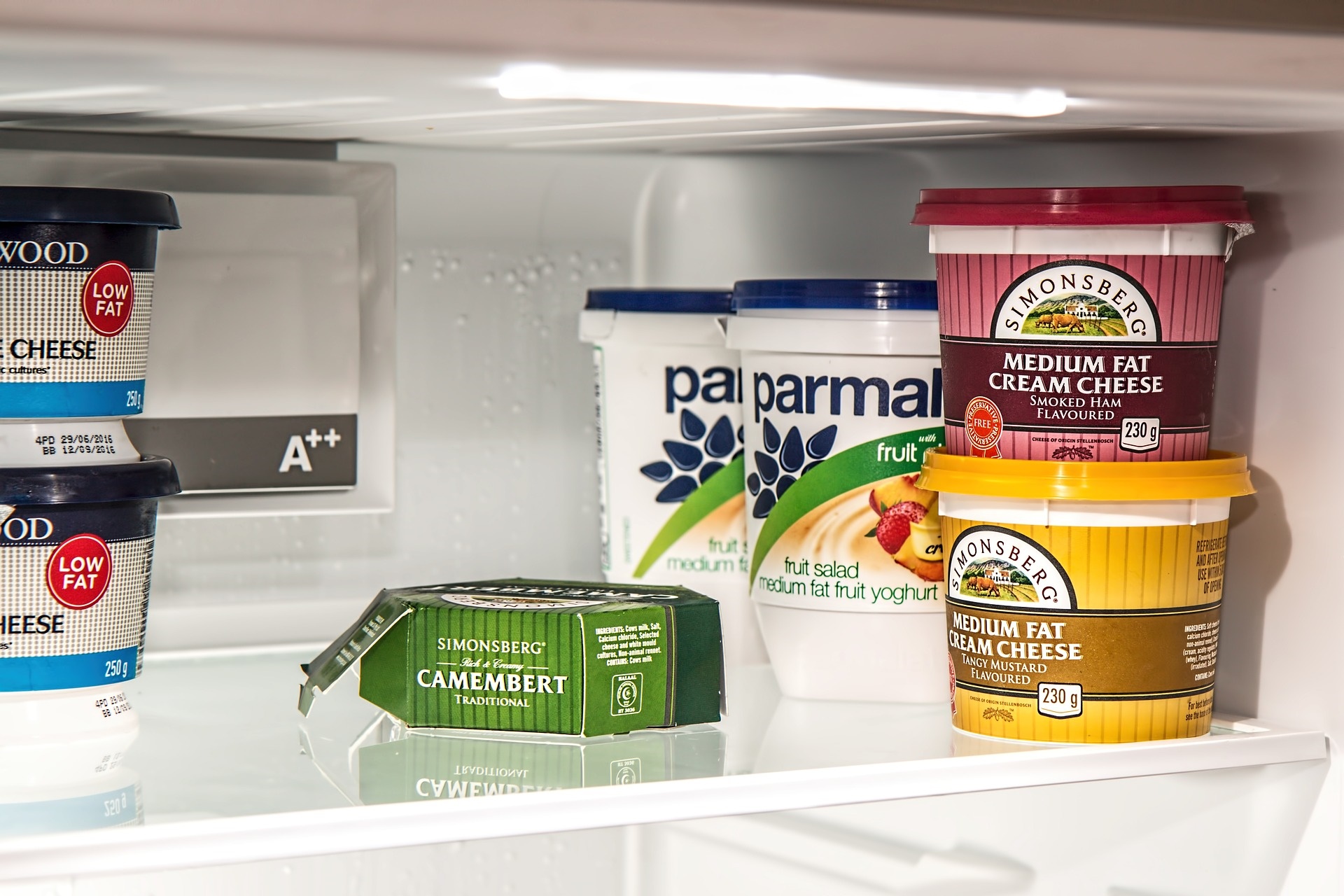Garage Refrigerators: How To Build One, How To Buy One, And How To Maintain It
You’re sitting in the garage. It’s hot. You’re thirsty.
What good is a man cave or workshop when you can’t just grab a beer at will?
If you had your own garage refrigerator, you and your friends wouldn’t have to worry about what to do when thirst (or hunger) strikes. You could just saunter on over to your own well-stocked fridge and fuel up on the spot.
If you’re the DIY type, you can fix up an old discarded fridge and make it into a frosty wonder. If you’re not, you can always buy one.
Here’s all you need to know about garage refrigerators.
For other summer related garage tips, check out this article laying out what you need to prepare your garage best way possible for the summer season!

The DIY Route
The Benefits of Insulating Your Garage
If your garage is uninsulated, The Family Handyman DIY experts say you should insulate it before you bring an old refrigerator home from a yard sale or order one online. “Keeping an old refrigerator running in an uninsulated garage can cost more than it’s worth. First, you’ll have to heat it in the winter to make the freezer work; then it needs more power in the summer heat.”
An upgrade that adds value to your home, insulation isn’t just a means of trapping warm air in winter and keeping the space cooler in summer, writes Lisa Kaplan Gordon at HouseLogic. It’s also a means of soundproofing the garage, preventing outside sounds from coming in.
And you don’t necessarily have to insulate your whole garage; just the door will do. Check out Kaplan’s guide above for a how-to.
For other DIY tips check out this article for 18 that will change how you organize your garage!
The Uninsulated Garage
If you’re not planning to insulate your garage, The Family Handyman recommends at least getting a garage kit heating coil. Sometimes no legwork is involved at all; the manufacturer of the fridge may be able to supply one. If not, you’ll have to do some shopping.
So what’s in one of these kits? They generally include “a heating coil to warm the air around the thermostat. The warmer air makes the compressor run longer and keeps frozen food, well, frozen.”
The writers say to prepare for bigger charges on your energy bill once the weather warms up. “Add 25 percent to run the old clunker in an 80-degree garage. Then double the bill if it’s running in a garage at 90 degrees and up.” To keep temperatures down in the garage during the summertime, consider getting some heavy-duty fans or a window air conditioning unit.

The Store-Bought Route
If fixing up an old fridge sounds like too much work, you may just want to buy a garage refrigerator at your local home improvement store.
Scott at appliances resource 3 Good Ones found some refrigerators for those who want “one that will not burn out in the summer or stop freezing food in the winter” and those who “want a fridge that will blend into the work environment, and be rugged, durable and flexible.”
One of his personal favorites is Versonel’s Portable Garage Toolbox Refrigerator. This is especially great for guys (and gals) whose garage serves as a workspace. The Versonel fridge is built to look like a toolbox, complete with drawers, but it’s quite compact, so doesn’t have a freezer. It includes casters and is easy to move across the garage.
Scott’s got more examples of garage refrigerators on his site, and of course you can browse around online or in a local home improvement store if you need more inspiration.

How to Do Garage Fridge Maintenance
Your refrigerator is installed and ready to go. You’re already enjoying the benefits of being able to enjoy cold food and drinks in your garage as you work and relax.
However, like most things, your fridge won’t run forever. If it’s older, it’s days are even more numbered. Fridge maintenance is recommended to keep it operating at its best for as long as possible. You don’t necessarily have to call a professional for this job, either. It’s totally DIY.
RepairClinic suggests doing these four jobs semi-regularly. Some you will have to do each week and some every few months.
- Change the water dispenser filter — If you have a fridge with a built-in water dispenser, you will have to change it every now and again. While RepairClinic recommends doing this on a six-month basis, make sure to follow the instructions on the filter’s box for best results.
- Defrost the fridge — “When frost has accumulated on the inside walls of the freezer to a thickness of one half inch…remove the food from the refrigerator/freezer, turn off the thermostat or unplug the unit, and allow all of the frost to melt.” What does this do? It keeps that ice from bogging down the fridge.
- Change the rubber door seal — The rubber door seal or gasket is “an often overlooked part that has the critical job of sealing out warm air.” According to RepairClinic, even with regular maintenance, these seals are generally only good for a year or two. You’ll then have to buy a new one.
- Check the condenser coils — Grab a specialized brush to dust off the condenser coils, which displace heat to prevent foods from getting too warm. RepairClinic recommends clearing these on at least two occasions annually, but you may want to double that with an older fridge.
Images by:
©goglik83 / 123RF Stock Photo, stevepb, StockSnap,
jarmoluk
